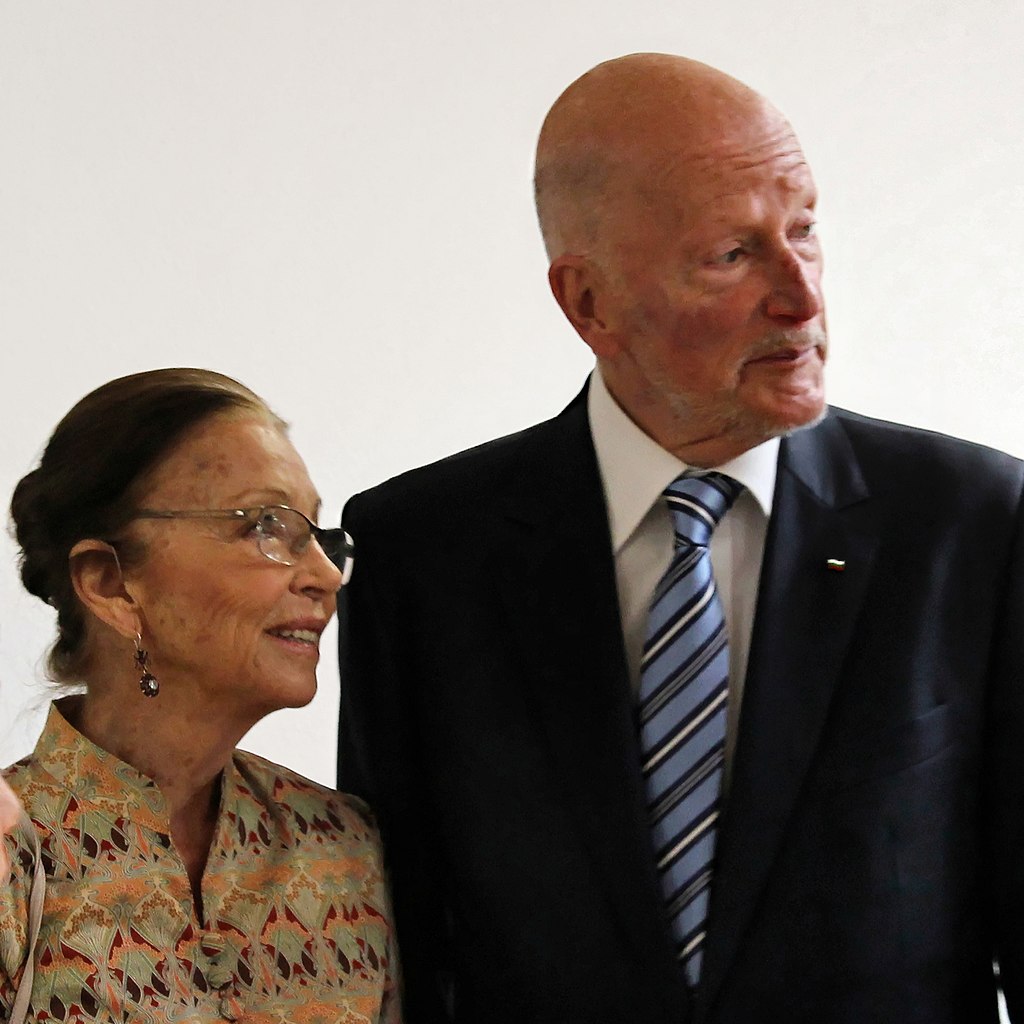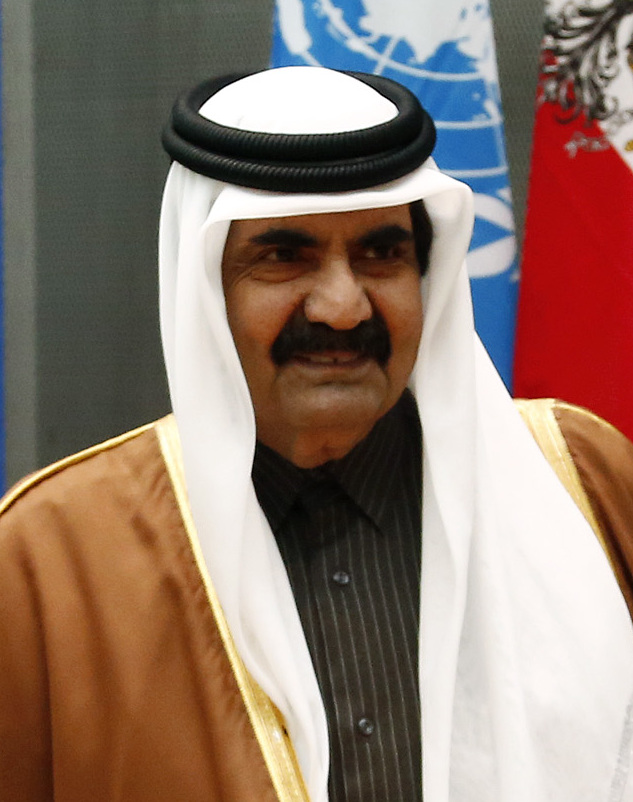by Scott Mehl © Unofficial Royalty 2014

Crown Prince Alexander II of Serbia; Credit – Wikipedia
Crown Prince Alexander II of Serbia is the son of King Peter II of Yugoslavia and Princess Alexandra of Greece and is the current pretender to the former Serbian throne. He was born on July 17, 1945, in Suite 212 of Claridge’s Hotel in London, England where his parents lived in exile. Under the orders of Prime Minister Winston Churchill, the British government ceded sovereignty of the suite to Yugoslavia for the day so the new Crown Prince could be born on Yugoslav soil. He was baptized at Westminster Abbey, and his godparents were King George VI and then-Princess Elizabeth, later Queen Elizabeth II.
Just four months after his birth, Yugoslavia was declared a republic, his father deposed and the family stripped of their citizenship and properties. They settled in various places, including France, Switzerland, and eventually the United States. Alexander’s parents’ marriage was increasingly strained, with constant struggles to find sources of income, King Peter’s numerous affairs, as well as his mother’s fragile health. Because of this, Alexander was raised predominantly by his maternal grandmother Aspasia Manos, the widow of King Alexander of Greece.
He attended the Institut Le Rosey in Switzerland, Culver Military Academy in the United States, Gordonstoun in Scotland, and Millfield in England. He then attended the Mons Officer Cadet School in England, earning his commission in the British Army in 1966. He served in the 16th/5th The Queen’s Royal Lancers, with tours in West Germany, Italy, the Middle East, and Northern Ireland before leaving the military in 1972 to pursue a career in International Business.

Prince Alexander, Hereditary Prince Philip, and Prince Peter. photo: The Royal Family of Serbia
Crown Prince Alexander married Princess Maria da Gloria of Orléans Bragança on July 1, 1972. The couple divorced on February 19, 1985. They had three sons:
- Prince Peter of Serbia (born 1980) – renounced his position as Hereditary Prince of Serbia in 2022
- Prince Philip, Hereditary Prince of Serbia (born 1982), married Danica Marinkovićm, had one son and one daughter
- Prince Alexander of Serbia (born 1982)

Alexander and Katherine Clairy Batis – photo: Order of Sartorial Splendor
The Crown Prince then married Katherine Clairy Batis in a civil ceremony held on September 20, 1985, with a religious ceremony the following day at St. Sava Serbian Orthodox Church in London, England. The new Crown Princess has two children from a previous marriage.
Alexander and his family visited Yugoslavia for the first time in 1991 and returned for several more visits in the next decade. Following the uprisings in 2000, they took up permanent residence in the country, still called Yugoslavia at the time. In February 2001, the government granted the family Yugoslavian citizenship (which had been stripped from them in 1947), and the following month returned the use of many of the royal family’s former properties. Alexander and his family took up residence at the Royal Palace, part of the Royal Compound in the Dedinje area of Belgrade.
Although the country, known as Serbia since 2003, is still a republic, Crown Prince Alexander remains an advocate for the restoration of the monarchy. While keeping out of the political arena, the Crown Prince focuses his time and efforts on humanitarian issues and encouraging peace among the various political factions in the country. He travels extensively throughout the world and is often in attendance at major royal functions in Europe. Through his descent from Queen Victoria of the United Kingdom, King Christian IX of Denmark and Nicholas I, Emperor of All Russia, he is related to many of Europe’s other royal families.
Embed from Getty Images
Crown Prince Alexander and Crown Princess Katherine attend a dinner for foreign Sovereigns to commemorate the Diamond Jubilee of Queen Elizabeth II at Buckingham Palace on May 18, 2012
This article is the intellectual property of Unofficial Royalty and is NOT TO BE COPIED, EDITED, OR POSTED IN ANY FORM ON ANOTHER WEBSITE under any circumstances. It is permissible to use a link that directs to Unofficial Royalty.


























